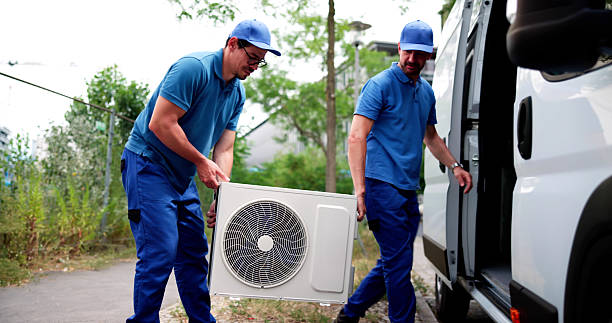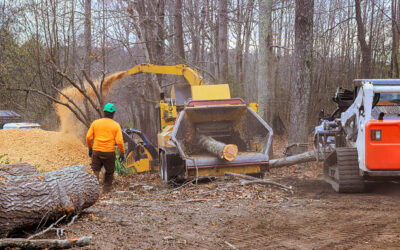If you’ve ever seen a truck delivering air conditioners, furnaces, or ductwork to construction sites or repair shops, chances are that was an HVAC delivery driver. These professionals play a key role in the heating, ventilation, and air conditioning (HVAC) industry by ensuring that parts, systems, and equipment arrive safely and on time. For those who enjoy being on the road and want a career with steady demand, becoming an HVAC delivery driver can be a great opportunity.
What Does an HVAC Delivery Driver Do?
An HVAC delivery driver is responsible for transporting HVAC equipment and supplies between warehouses, suppliers, and job sites. They often deliver:
- Air conditioning units and furnaces
- Ductwork and vents
- Thermostats, wiring, and electrical components
- Tools and installation materials
In addition to driving, HVAC delivery drivers often help load and unload trucks, inspect deliveries for accuracy, and maintain delivery records. Many also assist warehouse staff with inventory or help technicians organize materials for upcoming installations.
Safety is a big part of the job — drivers must know how to handle heavy or delicate equipment and ensure items are properly secured for transport.
Skills Needed for HVAC Delivery Drivers
While it’s primarily a driving job, it also requires mechanical awareness and good communication. Some of the most useful skills include:
- Safe driving and navigation skills
- Basic knowledge of HVAC parts and equipment
- Physical strength to lift and move heavy items
- Attention to detail for verifying deliveries
- Customer service skills when interacting with clients or technicians
Requirements and Qualifications
The qualifications for HVAC delivery driver jobs vary depending on the employer and the type of vehicle used, but most companies require:
- A high school diploma or GED
- A valid driver’s license (Class C for smaller trucks, CDL for larger vehicles)
- A clean driving record
- The ability to lift 50–100 pounds regularly
Some employers prefer candidates with prior warehouse or delivery experience, or a basic understanding of HVAC systems. Having a Commercial Driver’s License (CDL) can open the door to higher-paying opportunities, especially for those delivering larger loads across regions.
Training and Career Path
Most HVAC delivery drivers receive on-the-job training, which includes:
- Learning safe loading and unloading procedures
- Operating forklifts or pallet jacks
- Understanding product types and delivery routes
- Following safety and DOT regulations
While formal HVAC technician training isn’t required for delivery roles, it can help you advance within the industry. Many drivers move up to warehouse management, logistics coordination, or even HVAC installation and service roles after gaining experience.
Work Environment and Schedule
HVAC delivery drivers typically work full-time, with shifts that may start early in the morning. They drive to construction sites, residential neighborhoods, and commercial buildings, often making multiple stops per day. The job can be physically demanding, with regular lifting, loading, and exposure to outdoor weather.
Despite that, many find it rewarding because it combines independence on the road with the satisfaction of keeping critical systems running.
Average Salary and Job Outlook
According to job data, HVAC delivery drivers earn between $35,000 and $55,000 per year, depending on experience, location, and whether a CDL is required. Some positions offer overtime pay, bonuses, or benefits like health insurance and retirement plans.
The demand for HVAC professionals — including delivery and support roles — continues to grow due to ongoing construction, renovation, and climate control needs across residential and commercial sectors.
Steps to Become an HVAC Delivery Driver
- Finish high school or earn a GED.
- Obtain a valid driver’s license and maintain a clean record.
- Get delivery or warehouse experience (many HVAC suppliers offer entry-level roles).
- Consider earning a CDL if you want to drive larger trucks.
- Apply for HVAC delivery driver positions with distributors, contractors, or equipment suppliers.
- Continue learning about HVAC systems to increase your value and career growth potential.
Conclusion
An HVAC delivery driver is the vital link that keeps the HVAC industry running smoothly — ensuring that installers, technicians, and construction crews get the equipment they need, when they need it. It’s a practical, hands-on career that offers stability, physical activity, and room for advancement within a growing industry. If you enjoy driving, staying active, and working with essential equipment, becoming an HVAC delivery driver could be the right path for you.








